
 |
|
|
Vegetables
Volume 63 Number 18 Date 11/15/2018 LATE BLIGHT - Disease progression was limited by late-season heat, spotty rainfall, and timely fungicide applications, and few cases developed in 2018. The state's first infected commercial potato fields were confirmed by the UW Plant Pathology Department in Adams and Marquette counties on August 9. One Waushara County site tested positive in late August, and a second Adams County field was confirmed in September, along with a single case of tomato late blight from Columbia County. Compared to 2017 when at least 13 counties had confirmed reports, late blight was less prevalent this year. All samples tested by UW from Wisconsin were the US-23 pathogen genotype, which has not developed resistance to phenylamide fungicides such as mefenoxam. BASIL DOWNY MILDEW - Many gardeners observed sudden decline of their basil plants this summer due to this destructive disease. Although only three cases were officially diagnosed, two from Dodge County and one from La Crosse County, several unofficial reports were received. Basil downy mildew (BDM) spreads via wind-dispersed spores, rapidly infecting entire fields and causing complete plant loss. BDM is often present on greenhouse-grown basil in garden centers in the spring, though it may not progress until late summer. Purchasing disease-free plants, promoting airflow, and frequent monitoring of the crop so harvest can occur quickly once mildew symptoms appear are all important controls. Use of fungicides for BDM control is not recommended. PURPLE CARROT-SEED MOTH - The UW-Madison Insect Diagnostic Lab confirmed on July 10 the first Wisconsin detection of the purple carrot-seed moth (Depressaria depressana), a non-native European pest of carrots, dill, and related plants. Several larvae were collected from the Village of Luxemburg in Kewaunee County and identified by PJ Leisch. Additional sightings were reported throughout summer in Brown, Columbia, Dodge, Milwaukee, Racine, Sheboygan and Washington counties. The greatest impact expected from this insect could be to plants in the carrot family specifically grown for seed, such as coriander, dill, and fennel. According to Wisconsin observations, some dill umbels were infested with 2-3 dozen or more caterpillars. Larvae were also noted on cilantro and Queen Anne's lace. CUCURBIT DOWNY MILDEW - Cucurbit downy mildew (CDM) was first diagnosed on August 17 in Columbia County, with subsequent detections in Crawford, Dane, Ozaukee, Portage, and Waushara counties. The CDM-positive sites included commercial pickling cucumber fields, fresh market plantings, and UW research plots. This aggressive foliar disease produces no direct symptoms on cucumber fruits, but increases the risk of sunscald, causes secondary fruit decay, and reduces photosynthetic activity. Cucurbit downy mildew spreads into the northern U.S. in summer on airborne sporangia from infected plants in other states. -- Krista Hamilton, DATCP Entomologist 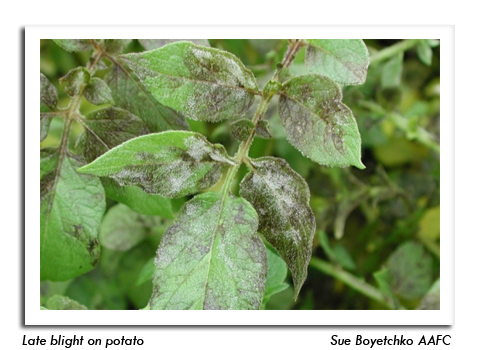
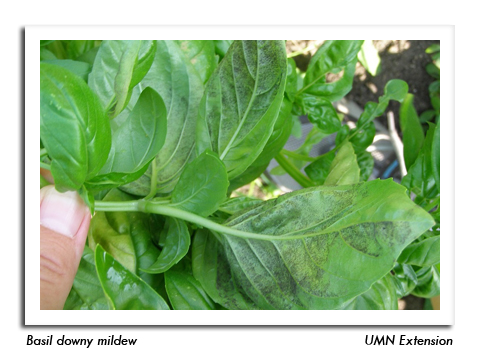
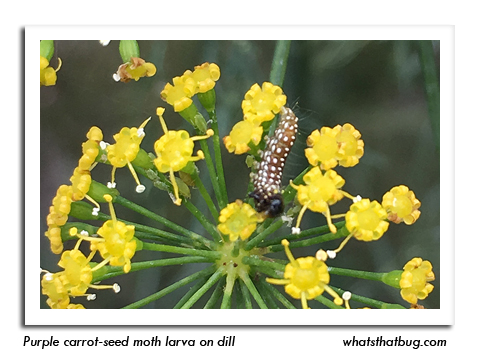
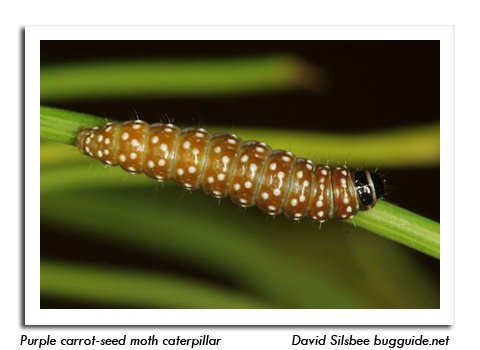
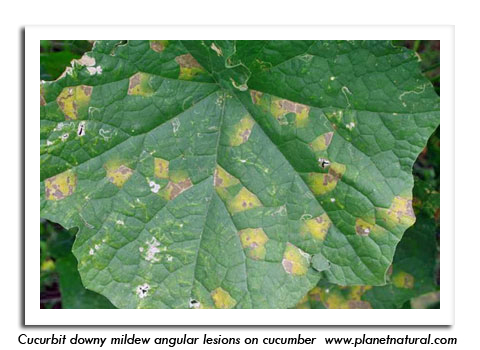
|
|
|